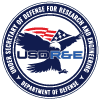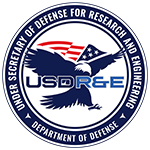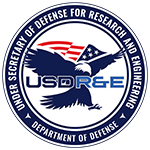Critical Technology Areas Has Moved
This webpage has moved. If you are not redirected within 3 seconds, click New CTA Webpage to go to the updated page.
Office of the Under Secretary of Defense,
Research and Engineering (OUSD(R&E))
3030 Defense Pentagon, Washington, DC 20301-3030
Contact Us
Contact Us
Information for the USD(R&E):
Contact OUSD(R&E) Staff
For website issues: Contact Webmaster


